Western Armenian people live in diaspora all around the world. Despite, they are united by their heritage and language – Western Armenian.
Get to know about the history of Western Armenia below!
(from Wikipedia)
OTTOMAN DOMINATION
After the victory over Iran in 1514, Ottoman Turks tried to change the ethnic composition of Western Armenia. Consequently, they started inhabiting Kurdish Acesides in its territory, though the largest part of Western Armenia was officially called Ermanistan.
With the Amasia Treaty, Western Armenia eventually fell under the rule of Ottoman Turkey in 1555.
In spite of the long wars, forced and voluntary emigration, the deportation of the Kurds, up to the 19th century, the overwhelming majority of Western Armenia’s population, however, were Armenians.
In 1897, Western Armenia was divided into Van, Erzurum, Sebastia (Svaz), Bitlis, Diyarbakir, Kharberd, and Trabzon vilayets. This lasted until the First World War.
WESTERN ARMENIA DURING THE 19TH CENTURY
The situation in Western Armenia dramatically changed in the 19th century. Some factors were the national liberation movement against the Ottomans in the Balkans together with the Russian-Turkish wars of the 19th century, the awakening of national self-consciousness and the aspiration to overthrow the Ottoman domination. And also, the efforts of the Turkish government to counteract in order to worsen the situation of Western Armenians.
By the Treaty of Adrianapolis (1829), which concluded the Russian-Turkish war in 1828-1829, the provinces of Akhaltsikhe and Akhalkalak were subjugated to Russia. About 90,000 Armenians from Western Armenia migrated to Eastern Armenia. Consequently, Western Armenia had an economic downturn.
An important event for Western Armenians was the creation of the National Constitution (1860). It was to regulate and conduct the religious, educational and also social life of Western Armenians.
The Russian-Turkish war, the Treaty of San Stefano, the Treaty of Berlin (1878) created a new situation in Western Armenia. In addition, with 61st articles of the San Stefano and Berlin Treaty, the famous Armenian Question turned into an issue of international diplomacy.
What’s more, Sultan Abdul Hamid II took advantage of the political contradictions between the European Union empires. He diminished the reform process with various pretexts. He also allegedly intended to carry out reforms throughout the empire.
The sultan, in fact, unleashed an anti-Armenian hysteria. His plan was to solve the Armenian Question through deportation and massacre of Armenians. One of the first steps in that direction was the creation of Kurdish Hamidian horse riding armies (1891). Then the Armenian massacres (1894-1896) took place, the victims of which were more than 300,000 Western Armenians.
THE LIBERATION STRUGGLE
In contrast to the violent actions of the government of the Sultanate towards Western Armenia, the Fedayeen movement took place. It was a unique form of the national liberation struggle.
From the 1890s, the newly-founded national-political parties (Armenakan, Social-Democratic Hnchakyan and Armenian Revolutionary Federation) led the national-liberation wars.
However, the disagreement between their activities, the occasional and sometimes even fierce struggles between the parties together with the inhabitation of Western Armenia with the Muslims and the increasing number of Muhajir people deported from Europ greatly complicated the national-liberation struggle of Western Armenians. The liberation struggle, in the end, did not turn into a universal rebellion movement.
In 1908, Young Turks staged coup d’etat. Their slogan was “freedom, equality, brotherhood”. Armenian Revolutionary Federation (Dashnaktsutyun) supported its success. It seemed like what Young Turks wanted was to make the existence of subordinate nations better.
However, the massacres of the Adana Armenians (1909) made it clear that the Young Turks are, in fact, the followers of the politics of Abdul Hamid II.
In 1911, the leaders of the Young Turks held a secret conference of Thessaloniki. In the end, they decided to solve the Armenian Question by annihilating Armenians.
The Balkan wars in 1912-13 and the awful situation of the Western Armenians forced the Catholicos of All Armenians, Gevorg E, to ask the Russian government for help. He asked to raise the issue of making reforms in Western Armenia.
According to the Russian-Turkish agreement signed on January 26, 1914, there would be two parts in Western Armenia. One of them would include Erzurum, Trabzon, and Sebastia (Sivas). Meanwhile, the other one would include Van, Bitlis, Diyarbakir, and Kharberd vilayets. However, the First World War broke the agreement.
THE FIRST WORLD WAR AND THE ARMENIAN GENOCIDE
Ottoman Turkey, which ruled Young Turks, joined with German against the Antanta countries during the First World War. Taking advantage of the war, Young Turks betook mass annihilation of Western Armenians.
The slashing defeat of the Turkish army at Sarighamish (December 14, 1914) made their monstrous intentions even stronger.
With the pretext to protect the Ottoman Empire, they disarmed Armenian 18-60-year-old men that were capable of carrying weapons. The excuse for it was that those men would work battalions. In the end, the Ottomans slaughtered all those men.
What’s more, they sent the Armenian intelligentsia, who were arrested in Constantinople on 24 April 1915, to the depths of Anatolia and brutally killed them.
The Young Turks then, with the pretext of deportation, started to expel women, children and elderly people from the settlements and abolished them with unimaginable torture.
Some Armenians, however, reached the Mesopotamian sands, but this was only to show that it was a deportation and never a massacre.
But, in spite of all their tricks, the Europeans, and the Americans became aware of what had happened. At that time, their another trick was to use the 1915 war in Van as an excuse. They presented it as a traitorous rebellion against the Ottoman army.
read more about the Armenian Genocide here.
However, it’s not always and everywhere that the Young Turks could easily succeed in implementing their hellfire. In many Armenian-populated areas of Western Armenia and Turkey, the armed Armenian people have fought with their century-old enemy. They realized that there was no other way out for salvation.
The heroic battles of Van, Shatakh, Hayots Dzor, Archesh, Timar, Sasun, Mush, Musa Dagh, Shapin Garakhisar, Urfa will remain forever in the history of Armenia.
During the 1915-16 military operations, Russian troops occupied a significant part of the territory of Western Armenia.
Following the October Revolution, the Soviet Russia government issued a Decree on December 29, 1917. Through the decree, it defended the rights of the Armenians to freely express their rights to self-determination, including their full independence.
The guarantees were the withdrawal of the Russian troops and the organization of the Armenian national police. Also, the refugees of different countries had an unrestricted permission to return back.
However, this decree didn’t really make that much sense, because the withdrawal of Russian troops itself was questioning the implementation of the decree.
The 4th article of the 1918 Brest Peace Treaty states: “Russia will do everything to provide the withdrawal of its troops from Eastern Anatolia provinces and their regular return to Turkey”.
In the treaty, Armenia had turned into Eastern Anatolia, the states of which should have been returned to Turkey. This completely ignores their above decree. The Brest-Litovsk Treaty had tragic consequences for the Armenian people.
According to the San Remo Conference (1920), the Republic of Armenia should have owned some parts of Erzurum, Van, Bitlis, and Trabzon vilayets of Western Armenia. The condition was to have a sea exit.
According to the Treaty of Sevres on August 10, 1920, Turkey recognized Armenia as a free and independent state, discarding any rights related to its territory.
However, the Grand National Assembly led by Mustafa Kemal Pasha did not recognize the Treaty of Sevres. With the material and moral support from Soviet Russia, he battled against it.
POST WAR PERIOD
On November 27, 1945, the Catholicos of All Armenians, Gevorg Z asked Stalin, H. Truman, and K. Etiline to help to end all the historical injustices and unite Western Armenia with Soviet Armenia, enabling Armenians all around the world to return to their homeland.
This issue was also raised in the Armenian National Congress (New York, April 1947). However, everything was in vain.
Western Armenia, in the end, remained under Turkish domination, but to Armenians, it will always be a part of their homeland. In 1989, the Supreme Council of the Armenian SSR condemned the Armenian Genocide in Turkey and Western Armenia.
In 1987, the European Parliament adopted a relevant resolution. The first ever crime against humanity in the 20th century should be recognized by all states and inter-state bodies. Western Armenia should return to its legitimate owner – Armenian People.
WESTERN ARMENIA: THE NEW PERIOD
The newest period of Western Armenia begins with the activities of the Armenian National Committee. It achieved serious ideological and political success in 25 countries.
In 2000, the issue of Western Armenia entered a new stage of patriotism. There were new independent structures in Armenia, Russia, Europe and, the United States.
The Western Armenia issue started to be an active discussion subject in Russia in 2000, K. Mikayelyan and a group of Armenian intellectuals offered to organize a founding congress in Lausanne (Switzerland) or in Sevres (France) for Western Armenians. However, due to circumstances, it did not happen.
Eventually, in 2004 in Shushi, a group of intellectuals and freedom-fighters proclaimed the establishment of the Armenian National Council of Western Armenia.
In 2005 in the United States, Sosikyan created the Western Armenia Defense Committee. On February 4, 2011, the National Council of Western Armenia issued a Declaration. In 2013-2016, Western Armenian National Congress registered in France was formed.
Provinces of Western Armenia
Here is a list of cities and towns of Western Armenia, which are separated by provinces. Cilicia is treated separately.
- Kars Province (Ardahan, Igdir, Kars)
- Batum Province (Artvin)
- Trebizond Province (Trebizond, Rize, Samson)
- Sivas Province (Amasia, Tokat, Sivas)
- Ankara Province (Gessaria – today’s Kayseri)
- Adana Province (Adana, Sis, Ayas, Msis, Dortyol)
- Haleb Province (Iskenderun, Haleb, Aintab, Marash, Zeitun, Urfa)
- Kharpert Province (Malatia, Arapkir, Kharpert, Kalan, Khozat, Metskert, Kezel Kilisa, Chemish-Hezek)
- Diyarbekir/Amed Province (Diyarbekir, Mardin, Siirt, Chapakchur, Palu)
- Bitlis Province (Bitlis, Mush, Sasun)
- Erzurum Province (Erzurum (Karin), Yerznga, Bayburt, Khnus, Alashgerd, Beyazid)
- Van Province (Van, Vostan)
According to the Declaration of the National Council of Western Armenia on December 17, 2004, Western Armenia should have its own anthem, flag, and coat of arms.
The National Council has approved the flag of Western Armenia:
Even though Western Armenia is now a part of Turkish territory, Armenians, however, will never reconcile with its loss.
Today Armenians, as well as anyone interested, have an opportunity to make trips to Western Armenia and get acquainted with the “Golden Ring”, or, in other words, Ani, Kars, Igdir, Bayazid, Van, Bitlis, Mush, Erzurum, Basen, and Ardahan.
There are a lot of tours(Ani Tour, Barev Armenia Tour, etc.) which will help you to see the ancient buildings, historical monuments, old churches. You will also definitely enjoy the mesmerizing nature of Armenia!
In addition, Ani (also known as the “city of 1001 churches.”) is one of the unique places. With the help of various tour agencies, you will be able to visit Van citadel, St. Cross Church (Akhtamar), Arakelots Monastery (Mush).
Below are some breathtaking photos of various parts of Western Armenia. Enjoy!
source: Pan Photo
(click to view the full size and the title)
The Turkish government now is making intensive construction works on the territory of Western Armenia (it is now called Eastern Anatolia Region). By the way, during those works, all visible and irrefutable traces of the Armenian past are disappearing…
What’s more, in order to conceal historical facts, the Turkish government has modified the educational system. Every single subject is taught by only Turks and in Turkish. This, in its place, facilitates the processes of propaganda and falsification.
Today, if someone ever mentions about the non-Turkish origin of Western Armenia, the only thing you’ll hear about is the kingdom of Urartu (which reportedly has no relation the to Armenia )Documented events, facts and DNA data about the direct connection between modern Armenian people and people of ancient states of Armenian Upland seem to have no effect on the falsification policy.
Ethnic Kurds living in Turkey avoid speaking in their own language and even pretend to not understand it, so we have a right to consider that nothing has changed in Turkish policy in last 100 years. In fact, that policy of oppression of people of foreign ideas and religion has remained the same for some 500 years.
Great contributions to falsification of Armenian history have been made by Russian historians Igor Mikhailovich Diakonoff and Boris Borisovich Piotrovski.


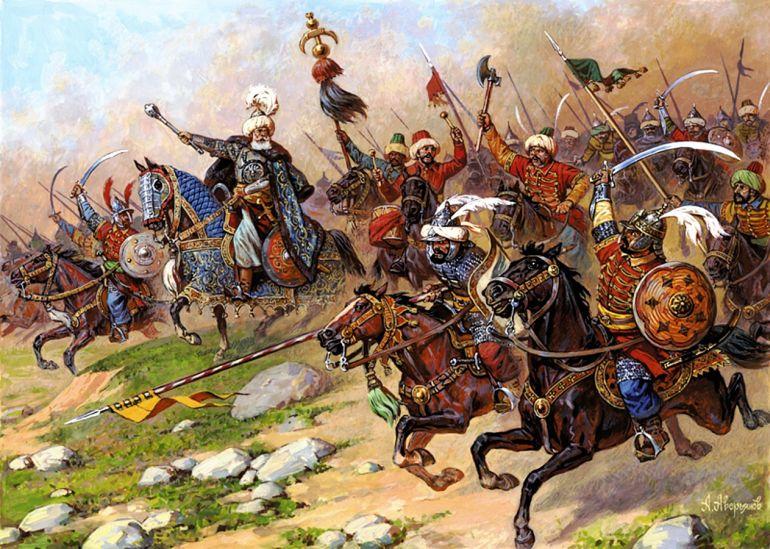
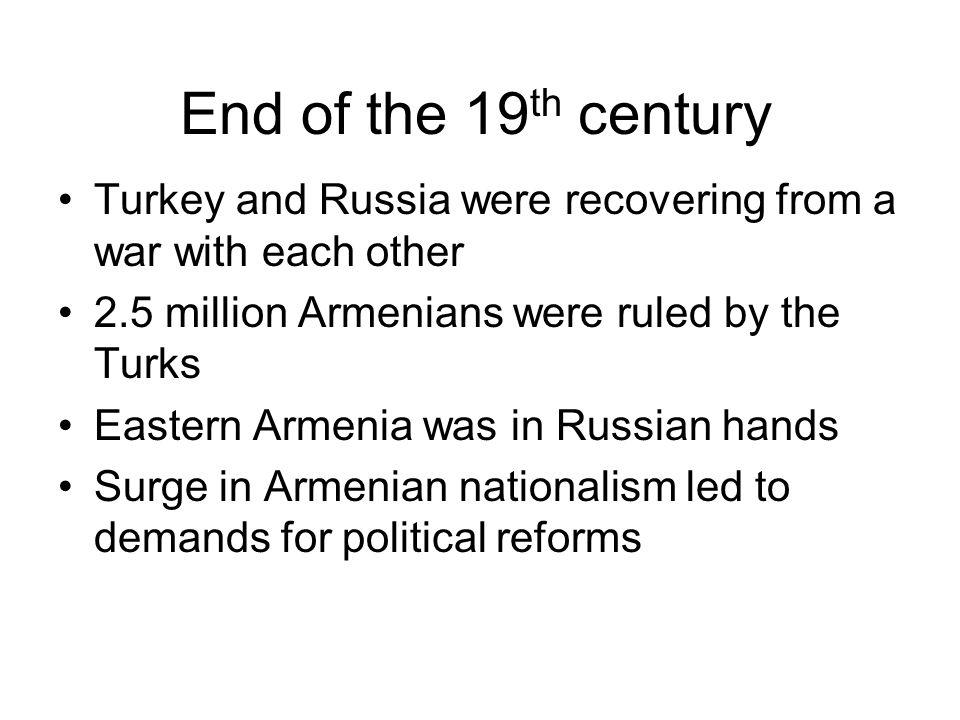
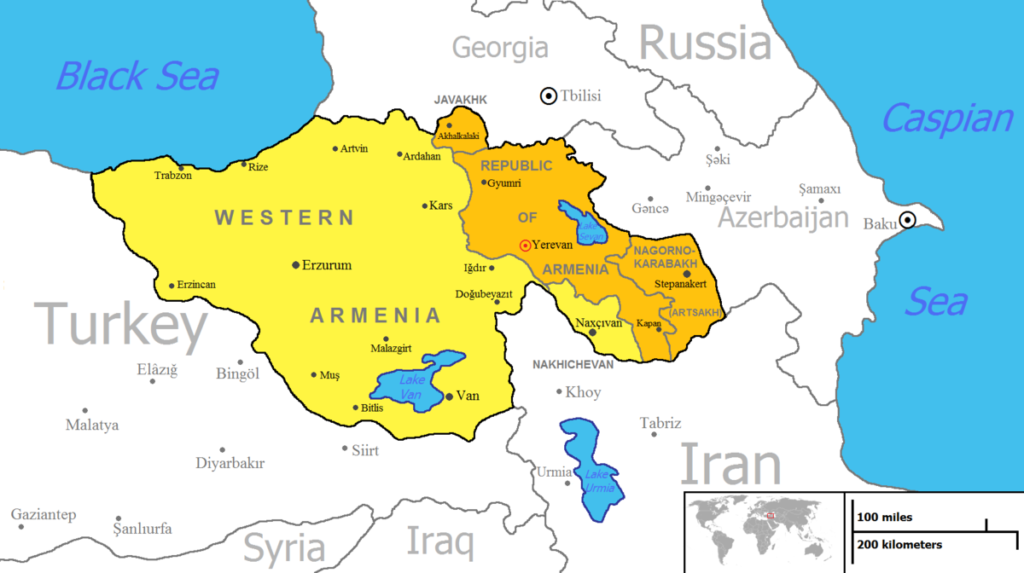
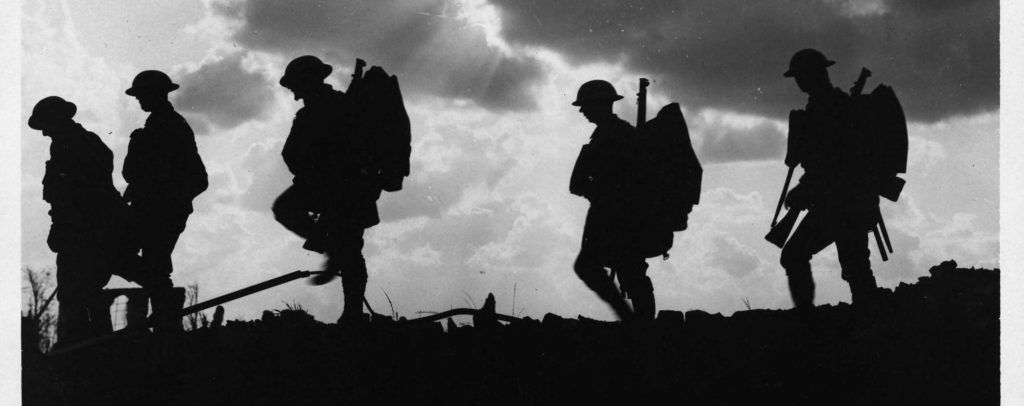
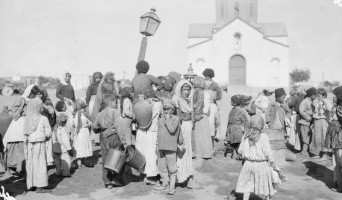
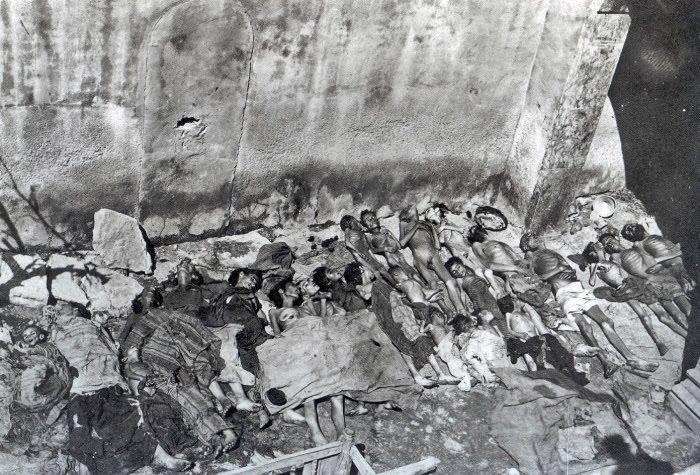

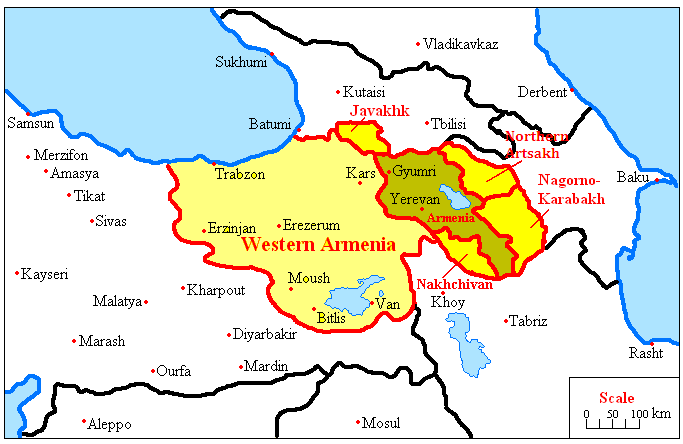
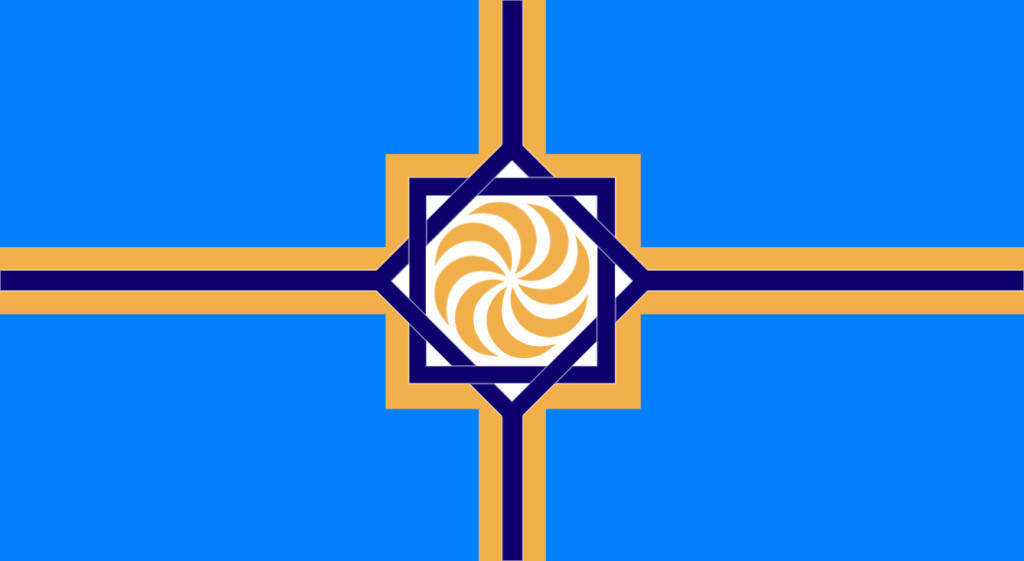
















Leave a Comment